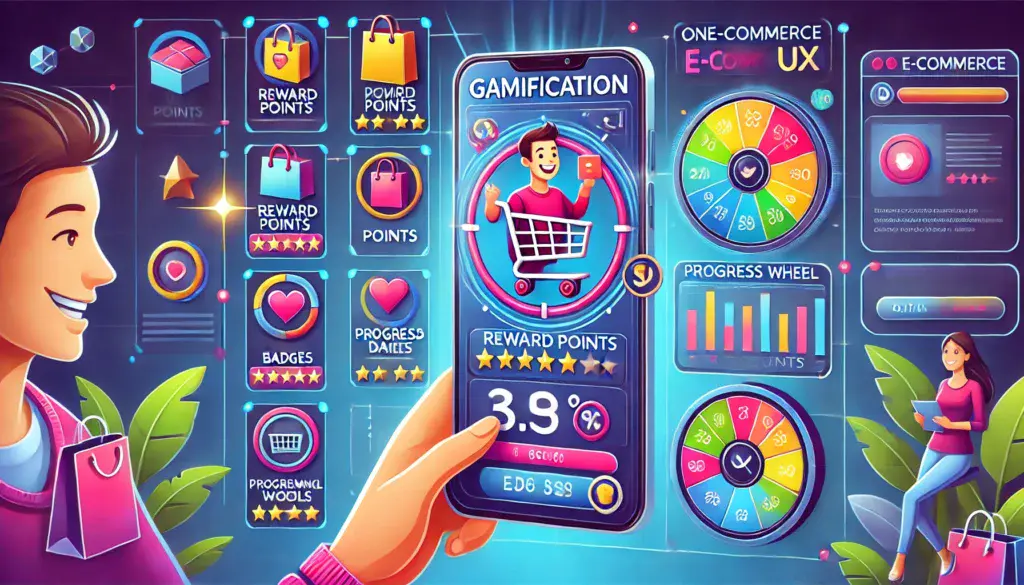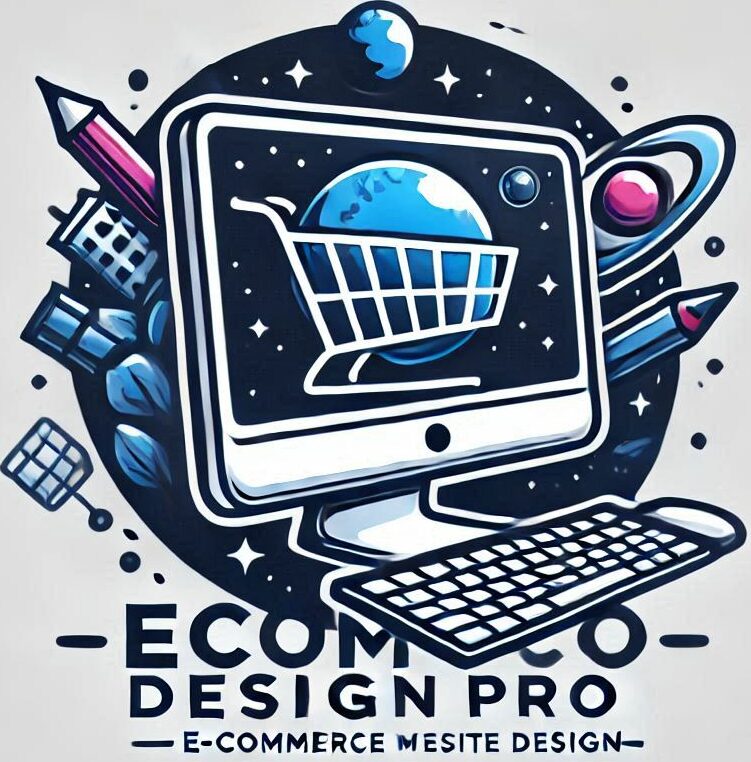
Gamification sounds fancy, right? It’s all about taking the addictive and enjoyable elements from games and applying them to non-game contexts. In e-commerce UX, this means transforming browsing and shopping into interactive experiences that customers want to get back to time and again.
Back in the day, before the tech boom, shopping meant manual catalogs or trips to stores. As e-commerce evolved, so did the need for engaging experiences. Customers wanted their online shopping to be more than clicks and carts. Enter gamification, a trend designed to keep folks coming back while having a little fun along the way.
Some might wonder how gamification differs from just making game-themed designs. It’s essential to note that gamification incorporates game mechanics without necessarily looking like a game. It’s about rewarding progress, offering challenges, and sparking curiosity.
Looking at the titans of e-commerce, several showcase successful use cases. Take the likes of Amazon or eBay; they’ve baked in elements like loyalty programs and points systems. And it’s not just the giants. Even smaller platform-specific stores utilize gamification to enhance user experience, driving both loyalty and engagement!
The Psychology Behind Gamification
Understanding why gamification works gets down to the core of human behavior and psychology. At its heart, gamification taps into our intrinsic motivations. It’s like a nudge from our own brains saying, ‘Hey, that was fun—let’s do it again!’
One of the core principles involves behavioral psychology, particularly how people react to rewards and challenges. Take, for example, the satisfaction you get from completing a task or earning a badge. It’s no accident—it aligns with how our brains process and value achievement.
Cognitive biases play a hefty role here. These are mental shortcuts that can influence our decisions more than we realize. Gamification uses this strategically. For example, scarcity and urgency tactics encourage quicker decision-making, which can be hugely effective in driving quick sales.
Rewards keep the energy flowing. Whether it’s points for every purchase or a badge for completing a profile, these elements make users feel valued and appreciated. It’s about fostering a sense of achievement that spurs them to stick around longer.
A big win for e-commerce sites is leveraging gamification to encourage repeat purchases. By creating levels or ranks, shoppers feel motivated to reach the next milestone. They’re not just buying a product; they’re climbing a ladder of personal progress. This sense of advancement can boost loyalty and drive consistent engagement.
Implementing Gamification Strategies
Getting gamification right involves picking the right tools and knowing which elements work best for your audience. Think of it like building a recipe—you need the right ingredients to get that delicious result.
The essentials for a strong gamification strategy vary, but core components often include clear goals, engaging challenges, and instant feedback. Customers want to see their progress and feel that pat on the back, whether it’s virtual or real.
There are plenty of gamification tools out there made for e-commerce. Platforms like Gamify or Bunchball offer a suite of features to get started, allowing businesses to integrate points, leaderboards, and progress trackers seamlessly. The availability of these tools means you don’t have to start from scratch.
Not all games need to be complex. Sometimes, simple strategies like earning badges for actions, unlocking levels, or even daily challenges can drive huge engagement. The key is balancing fun and difficulty, so users feel challenged but not overwhelmed—we’re aiming for excitement, not exhaustion here!
Overcomplicating gamification elements can turn a simple shopping journey into a confusing maze. Keeping it simple, intuitive, and rewarding is the magic formula. Every element should have a purpose, guiding the user seamlessly while making shopping something they look forward to.
Measuring the Impact of Gamification on UX and Sales
When it comes to gamification, numbers don’t lie. To gauge its effectiveness, key performance indicators (KPIs) like user engagement rates, conversion rates, and average order value are crucial. These metrics show how gamification influences customer behavior and impacts overall sales.
Customer feedback is gold. Listening to reviews and comments can shine a light on what’s working and what needs tweaking. It’s the personal touch, not just the stats, that truly refines gamification strategies.
There’s a clear connection between gamification and improved user experience. A well-integrated system makes customers feel engaged and valued, resulting in a smoother journey with more frequent visits to the platform.
Quantifying return on investment (ROI) from gamification involves tracking both qualitative and quantitative data. Increased customer satisfaction plus boosted sales figures provide a clear picture of effective gamification.
Building on customer feedback and data creates a continuous improvement loop. This adaptive approach lets platforms refine their strategies, ensuring they stay relevant and effective in capturing customer attention.
Addressing Challenges and Ethical Considerations
Gamification might feel like adding a fun twist to your e-commerce platform, but it’s not all fun and games. There are pitfalls and challenges that can trip you up if you’re not careful. Being too aggressive with points and rewards can lead to user fatigue. It’s like seasoning a dish—you want enough to add flavor, not overwhelm it.
Then there’s the tricky terrain of ethical issues. Collecting data is part of the game, but ensuring privacy and transparency is key. Shoppers need to feel secure knowing their data isn’t being manipulated or misused. It’s about respect and trust, those age-old pillars of good business.
Inclusivity isn’t just a buzzword; it’s central to any gamified experience. Ensuring that everyone, regardless of ability or access, can engage with your gamified elements is essential. Accessibility features should be standard, not an afterthought, ensuring no one’s left out of the fun.
Balancing what the business wants with user well-being is a tightrope walk. The aim is to keep users engaged without turning their shopping experience into a hamster wheel of tasks. That means designing experiences that consider user limits and avoiding techniques that might feel pushy or manipulative. Gamification should enhance experiences, not dictate them.

